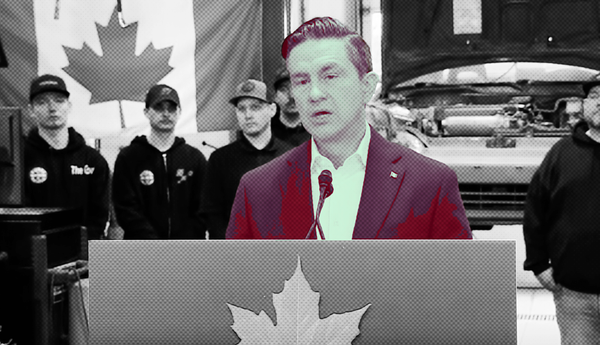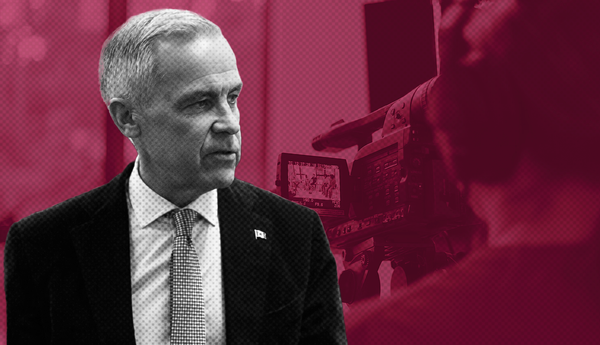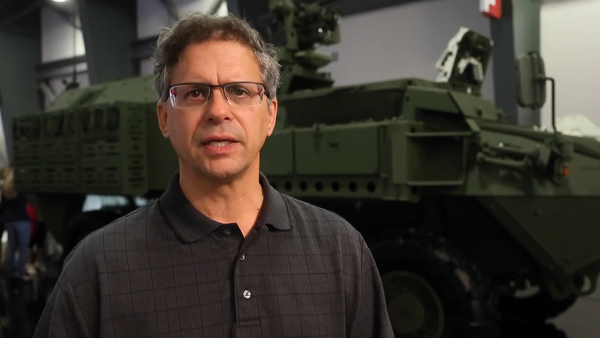EDITOR’S NOTE: This story contains multiple descriptions of police killings.
On January 7, Tyre Nichols, a 29-year-old Black man in Memphis, Tenn., was pulled over by police, supposedly for reckless driving. Multiple police officers then tased, pepper sprayed and severely beat Nichols. It took medics more than 15 minutes after arriving at the scene to provide any aid. The event took place fewer than 90 meters from Nichols’ mother’s home. He died three days later in hospital.
Last Friday, video footage from multiple cameras depicting the brutal beating was released. Five police officers were arrested and charged with murder and kidnapping prior to the video coming out, but in the days since then, more have been dismissed. The Memphis Police Department’s “Scorpion” unit, of which the five officers were members, has also been disbanded.
On the day the footage was released, the Canadian Press (CP) published an article compiling public statements on it from various police chiefs and associations across Canada, including those in Toronto, Ottawa, Windsor, Peel, Regina, and Edmonton. Their remarks include expressions of outrage about excessive force, arguing the officers failed to meet the “high standards of policing.” They call the footage “deeply disturbing,” and the event “tragic.”
If these statements are to be taken at face value, they’re an indicator of sincere shock and outrage among Canadian police officials, who are trying to assure the public that they share their disgust and anger at the video. However, police statements shouldn’t be taken at face value. Police have no obligation to tell the truth in any capacity of their jobs, nor does their conduct and record support the idea that they feel revulsion toward abusive and fatal violence from officers. Rather, the statements quoted should be perceived as trying to use the brutal killing of Nichols as PR for Canadian policing.
Unfortunately, the CP article — which was published in multiple outlets, including CBC, CTV News, CP24 and The Globe and Mail — doesn’t include any critical voices speaking to the PR function of police statements. In fact, the article effectively serves as police PR in itself, as it goes out of its way to avoid mentioning incidents similar to the killing of Nichols that have taken place at the hands of police forces these chiefs lead. Unfortunately, there are many of these incidents.
Toronto police Chief Myron Demkiw tweeted, “I condemn the violent, criminal actions of the officers involved [in the killing of Nichols.]”
In May 2020, five Toronto police officers were present when Regis Korchinski-Paquet, a Black and Indigenous woman, fell to her death from her apartment balcony. Ontario’s Special Investigations Unit (SIU) later announced that no charges would be filed against the officers. Korchinski-Paquet’s family is currently suing the police force, among others.
Peel police Chief Nishan Duraiappah called Nichols’ killing “deeply disturbing.”
In January 2020, Peel police shot and killed Jamal Francique, a 28-year-old Black man, during an attempt to arrest him for an alleged bail violation they hadn’t confirmed. The SIU acknowledged that there were real questions to be asked about the officer’s conduct, but cleared them of all wrongdoing nonetheless.
Winnipeg police Chief Danny Smyth, in his capacity as president of the Canadian Association of Chiefs of Police, sent his “deepest condolences” to Nichols’ family and friends, and called for “an accountable and transparent process.”
In April 2020, Winnipeg police officers shot and killed Eishia Hudson, a 16-year-old Indigenous teenager who was in a car that had been reported stolen. The Independent Investigation Unit of Manitoba later cleared the officer of all charges.
The Ottawa Police Service said in a statement that Nichols’ killing “destabilizes communities and undermines trust in police.”
In January 2019, Ottawa police shot and killed Greg Ritchie, a 30-year-old Indigenous man. The SIU eventually announced that no charges would be laid against the officers. One of the officers who shot Ritchie had previously faced charges of assault causing bodily harm relating to the arrest of a 50-year-old unhoused man. He was later acquitted.
Regina police Chief Evan Bray described the killing of Nichols as “tragic and unnecessary.”
In May 2019, Regina police shot and killed Geoffrey Morris, a 41-year-old Métis man and father, in his own apartment. Geoffrey’s mother accused the police officers of escalating the situation from the moment they arrived. Morris was handcuffed by the officers after he was killed.
A statement from the Edmonton Police Service said of Nichols’ killing that “the actions we have heard described and which we will see on video do not reflect police work in any form.”
In February 2022, Edmonton police shot and killed Mitchell Tyler Potts, 36, after confronting him outside of an apartment building. In the course of this shooting, the police accidentally shot a 59-year-old man, hitting him with a stray bullet. This man later died in hospital.
As with all cases of police violence, arguments have and will be made that these killings were justified or that they don’t indicate anything about the nature of policing as an institution. These arguments are doctrinal to those who advance them, made without reliance upon evidence or analysis, but rather from an unthinking acceptance of and reverence for police in society. They can’t be countered by argument because they’re merely expressions of ideology.
As a whole, documented police shootings in Canada increased by nearly 25 per cent from 2021 to 2022. Between January 1 and November 30 of 2022, police shot at least 87 people in Canada, killing at least 46. The race of 23 of these victims was identified, and more than 40 per cent of them were Indigenous (despite making up just 5 per cent of Canada’s population), while about a quarter were racialized people. Various investigations have taken place which have found police forces disproportionately target, use force against, harm and kill Black and Indigenous people. Other efforts to conduct such research, including in Montreal, have failed due to police resistance.
CP also quotes Ottawa police claiming that they “join in the calls for justice” made after Nichols was killed. However, calls for justice regarding police violence, brutality and racism go well beyond demands for individual officers to face consequences, including arguing for dramatic reductions in police budgets, more overt and powerful community oversight of policing, and for investigations of when police use force to be conducted by external and independent bodies. Police forces here tend to oppose these measures, and, in fact, police agencies across Canada are calling for and receiving budget increases at this very moment.
In short, the police chiefs and organizations quoted in the CP article lead forces that have committed acts similar to what they claim to condemn. These omitted events happened. They’re necessarily relevant to the police statements because they exist within the same structure and are produced by the same institutions. Whether intentionally or not, CP’s story serves to protect the image of police officers in Canada, and the institutions of policing itself, from well-warranted public skepticism.
Canadian police participate in, uphold and enforce the system that murdered Tyre Nichols. They have no right to speak on his death, and their doing so is a profanity. That a news agency would quote them credulously and ignore the violence committed by the forces they lead is staggering in its abdication of duty.






